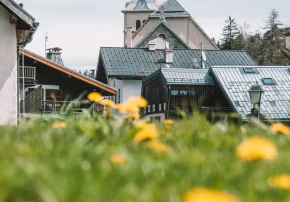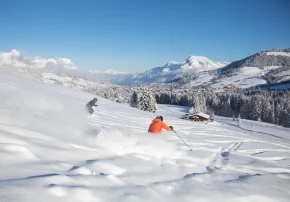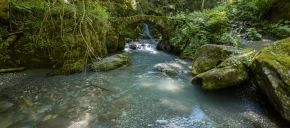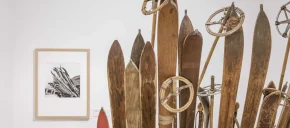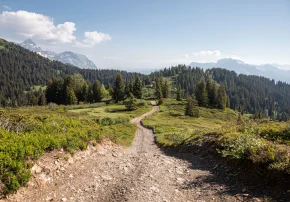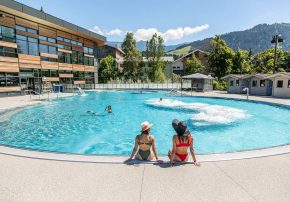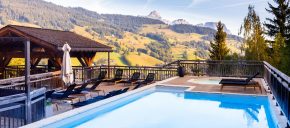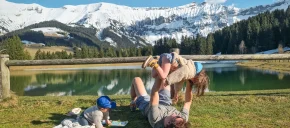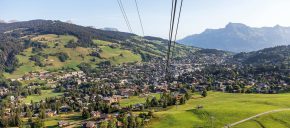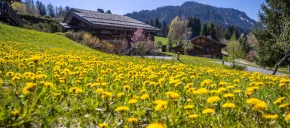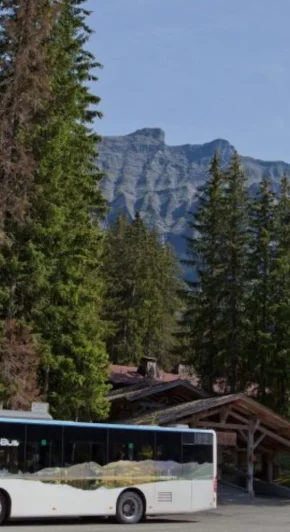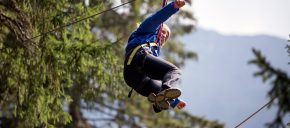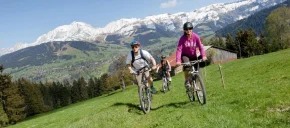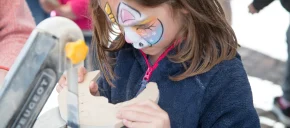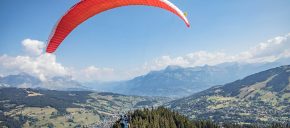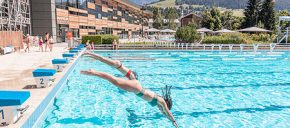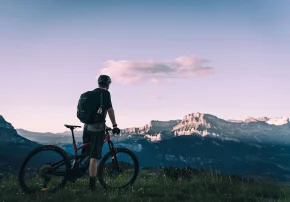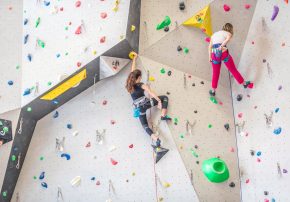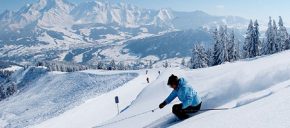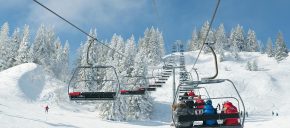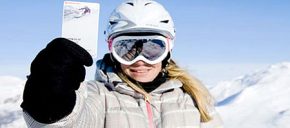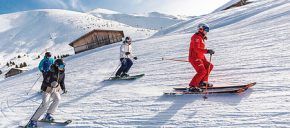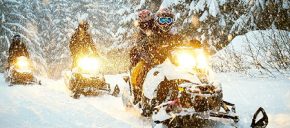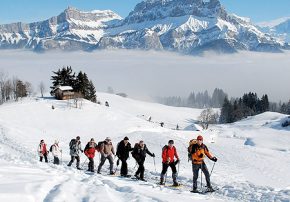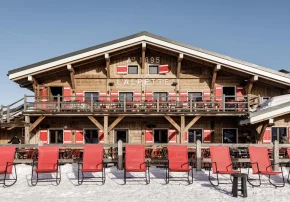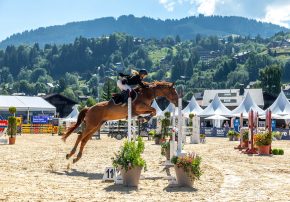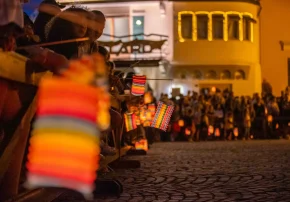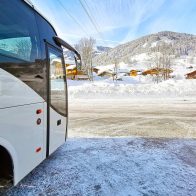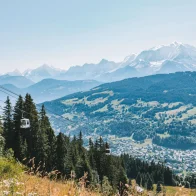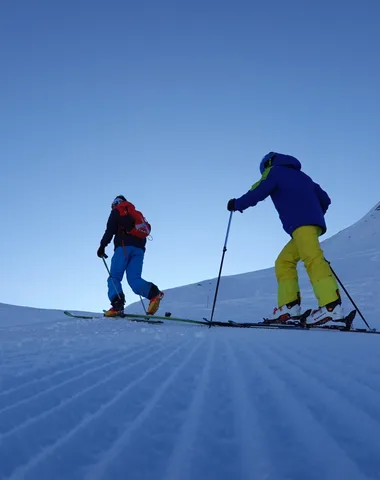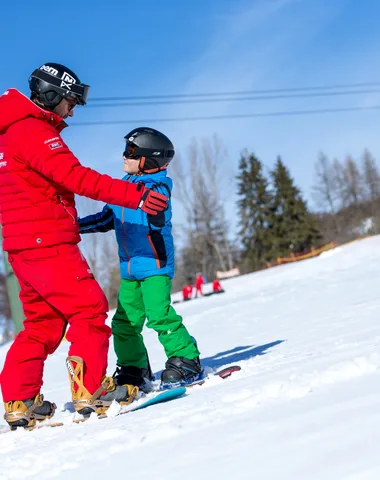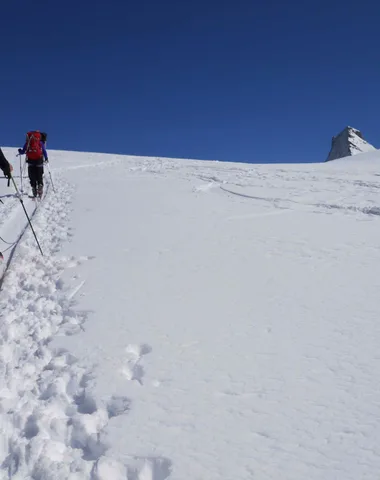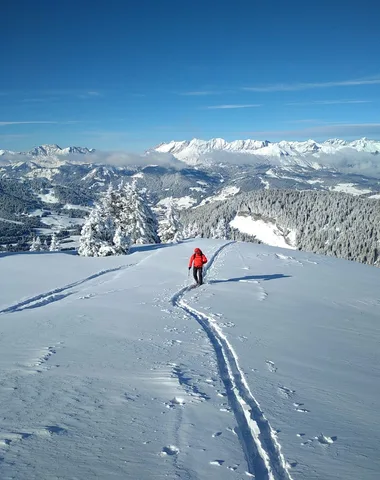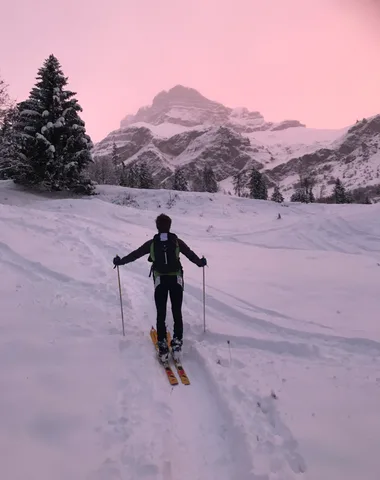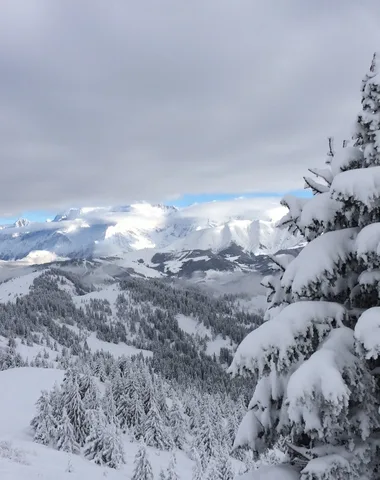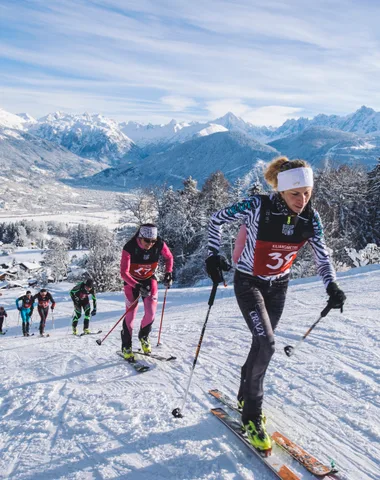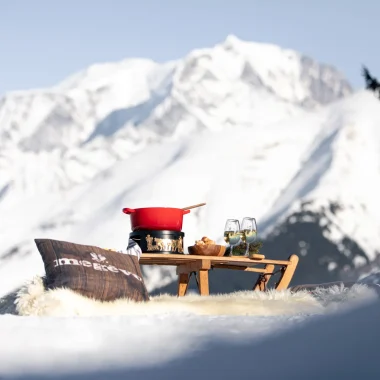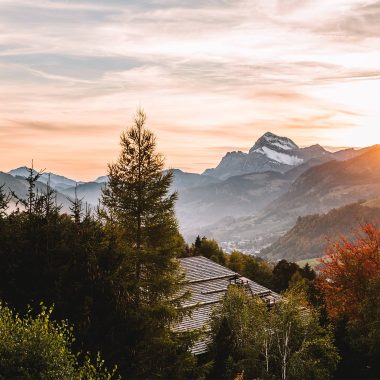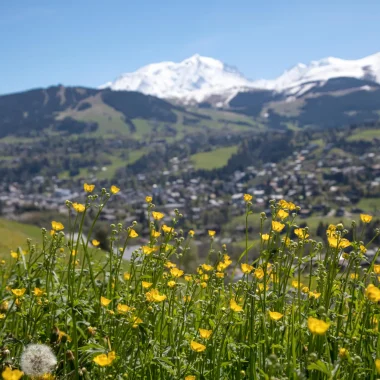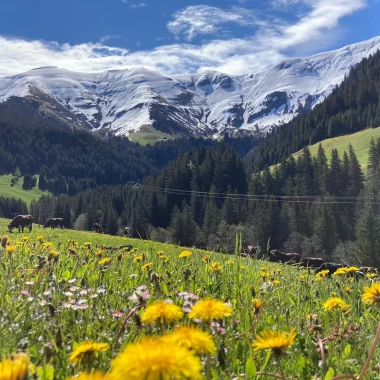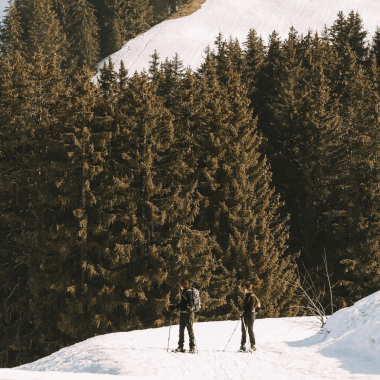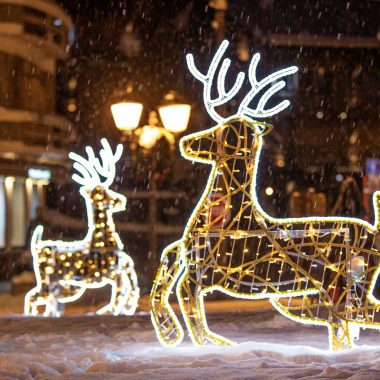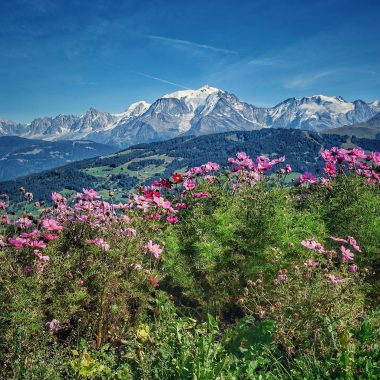Do you dream of getting away from the slopes to make your mark in the powder snow? In winter, when the mountain is covered with its winter coat, the beauty and purity of the wide snow-covered spaces give a certain magic to the cozy decor. Everything invites exploration, permanent wonder and a change of scenery. Hiking on skis or snowshoes in a preserved environment close to nature promotes reconnection with oneself, while awakening a real feeling of freedom. But, if these disciplines are now democratized, they nevertheless require taking some precautions to enjoy their benefits in complete safety.
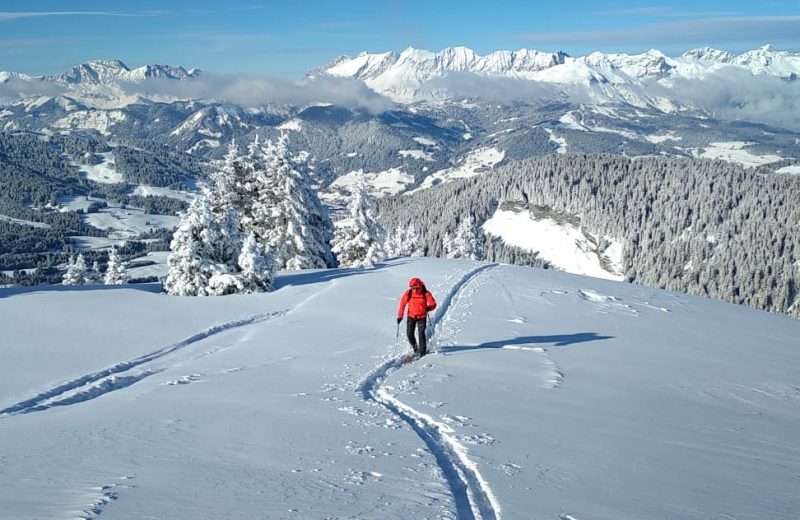
Knowledge of the mountain environment
In the mountains, equipment is the first prerequisite to progress without difficulty and in complete safety, especially when temperatures are around -10° degrees. Down jacket, goretex jacket, light and breathable clothing, gloves, hat and goggles: those who neglect nothing will never be cold and tire less. When you start ski touring, it is necessary to learn some basic rules, before being able to evolve in total autonomy in ungroomed areas.
Knowledge of the field and risk measurement constitute essential points of control for any hiker, even in medium mountains. Fog, snowfall, snow conditions or wind: the weather closely conditions winter hikes in the natural environment, especially progress in ungroomed snow. Fog, snowfall, snow quality or windstorm: the weather closely conditions winter hikes in the natural environment. In ungroomed snow, progress is slowed down by the conditions of accessibility to certain icy paths or difficult passages to cross, especially near rivers.
And, in general, the depth of snow remains impossible to assess for the novice who has no knowledge of the mountain environment. This is why it is imperative to consult the weather forecasts published on the official reference sites the day before a ski touring outing. or on snowshoes, to be careful when crossing obstacles and above all to be accompanied by professionals on unmarked routes.
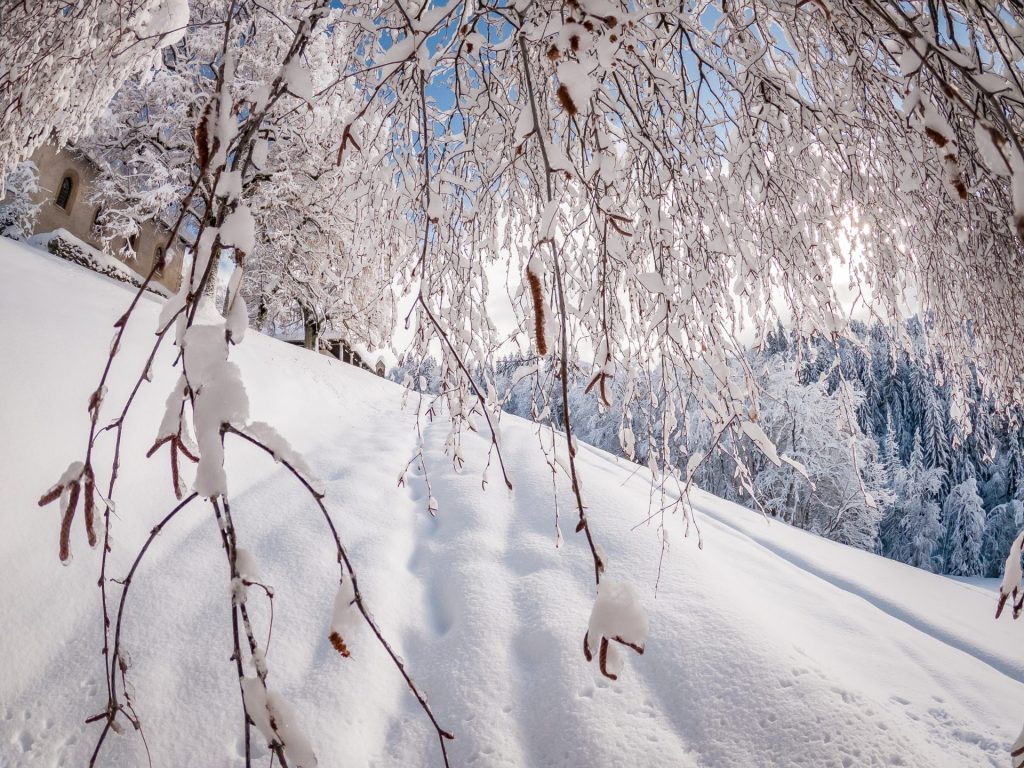
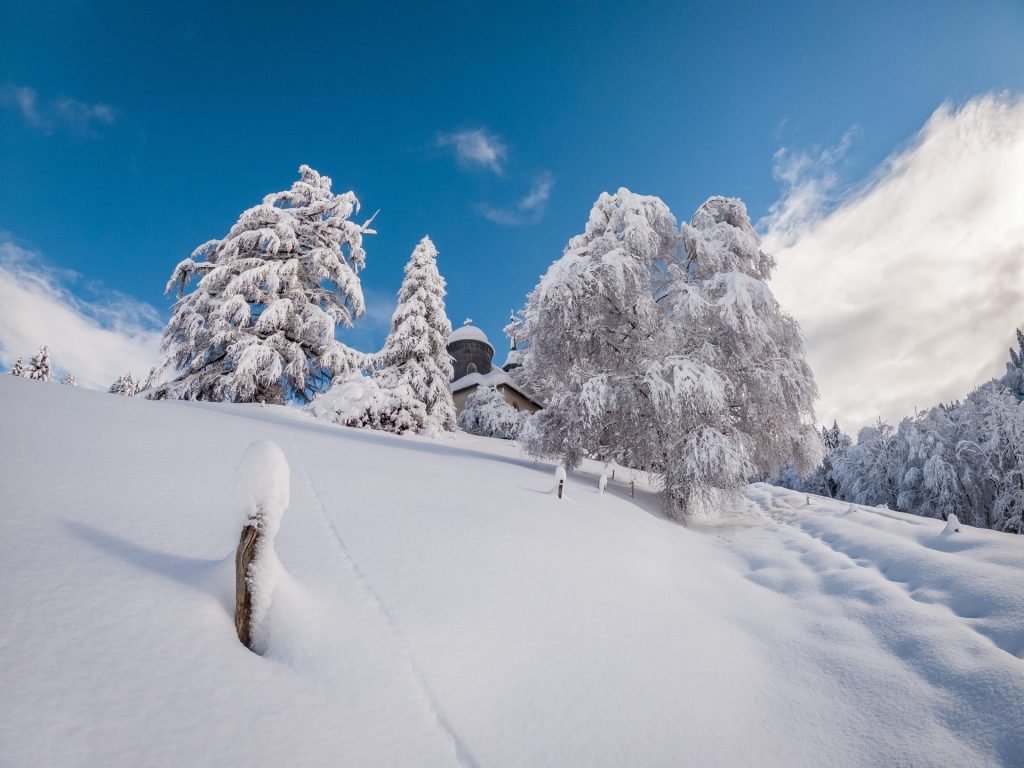
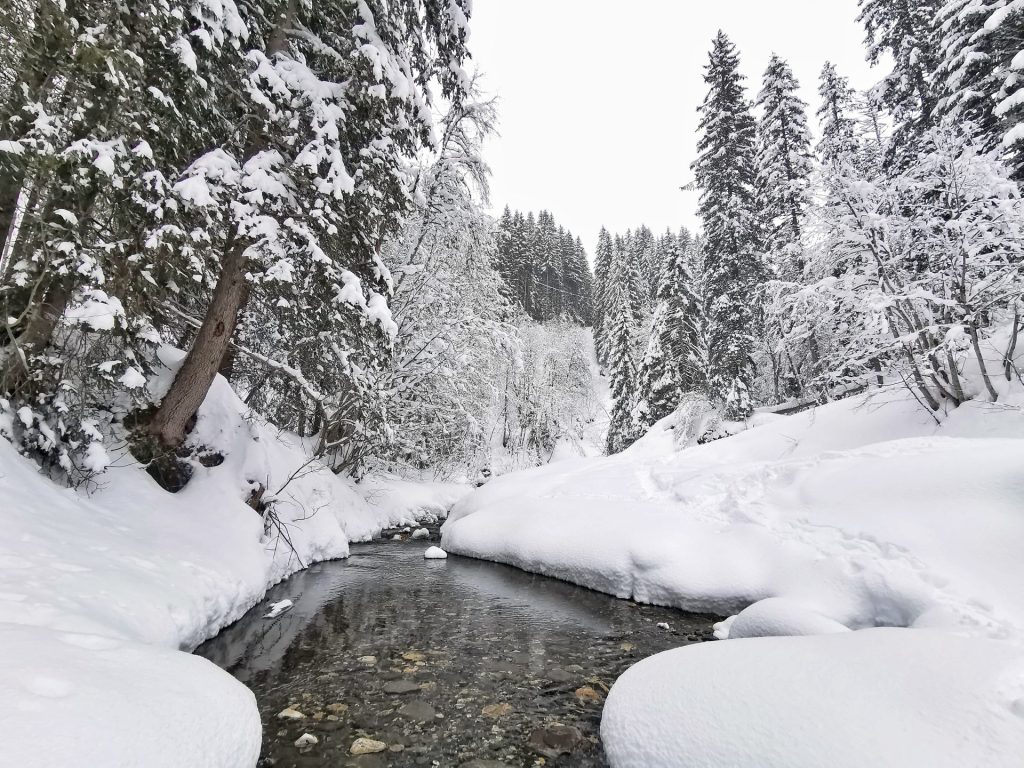
Raising awareness of mountain safety
Faced with the growing enthusiasm for ski touring, mountain professionals are offering collective training sessions to raise awareness of winter mountain risks. Practiced in a natural environment, these workshops combine theoretical contributions and practical exercises. Discovery of snow science and the triggering mechanisms of avalanches, analysis of avalanche risk assessment bulletins, use of the DVA (avalanche victim detector), making a snow cut... during these training and awareness-raising outings, our state-certified high-mountain guides cover all the basics.
These tools and strategies are used both to assess the stability of a snowpack and to understand the risks or how to prepare your route upstream and progress on ski touring outside the marked trails.
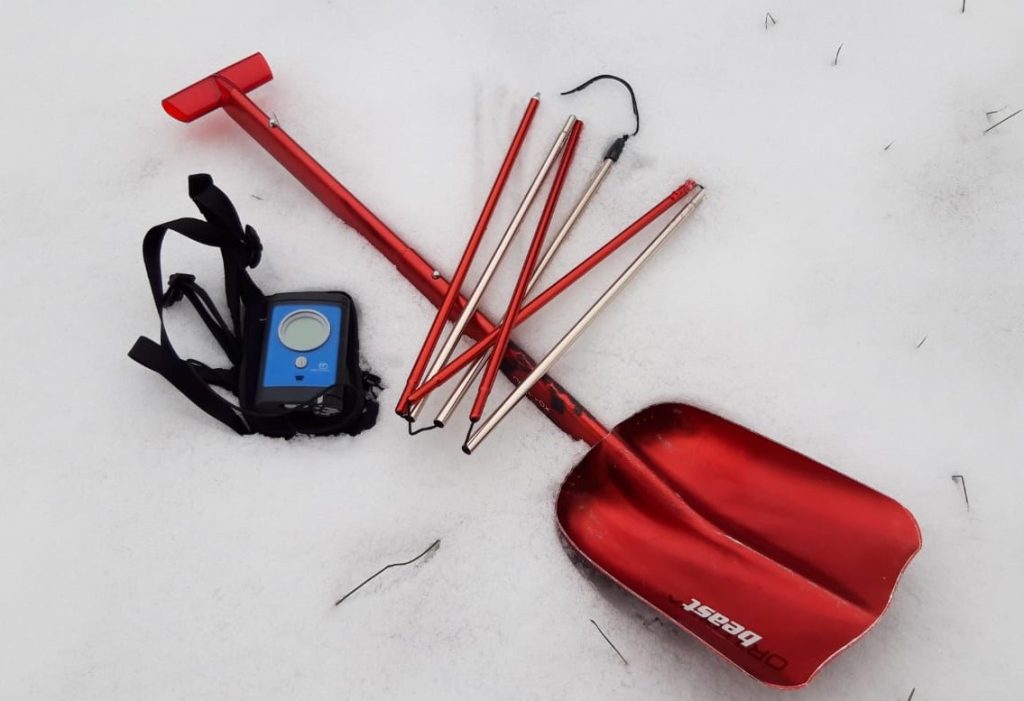
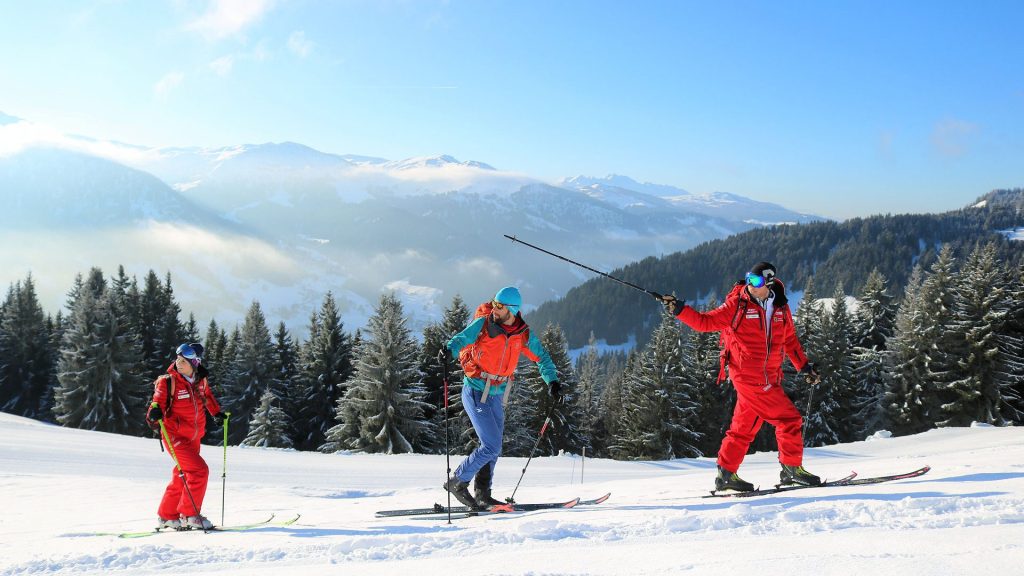
What level to start ski touring?
Stop the received ideas, ski touring is a discipline that is not exclusively reserved for great athletes! However, the practice requires a good level of alpine skiing (minimum red and all snow), as well as a certain physical condition, as well as real preparation (practice of another sporting activity recommended).
The first initiation outings are generally carried out on a low drop (600 meters maximum), in order to become familiar with the techniques specific to the climb (conversions, change of height of the holds, etc.).
The descent very often takes place on snow of relatively variable quality (frozen, crusty, transformed) with the presence of natural obstacles (trees, rocks, etc.). These factors directly determine all the difficulty and technicality of the outing.
What equipment to go hiking on skis?
Trade-offs between lightness and performance are all elements to take into account when choosing or purchasing equipment. The more you weigh your backpack, the more you can consider going from classic hiking to off-trail running. At the technical level as well as at the budget level, the many ranges of equipment exist on the market. For the first outings in ski touring, it is strongly recommended to rent your equipment.
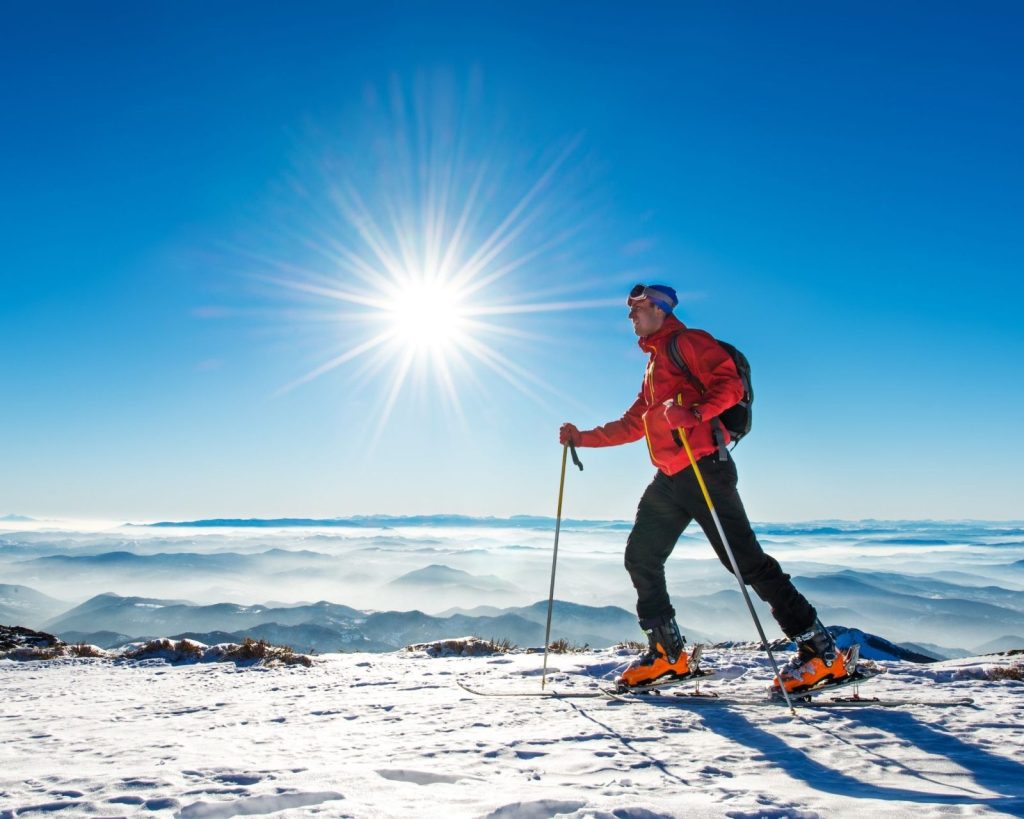
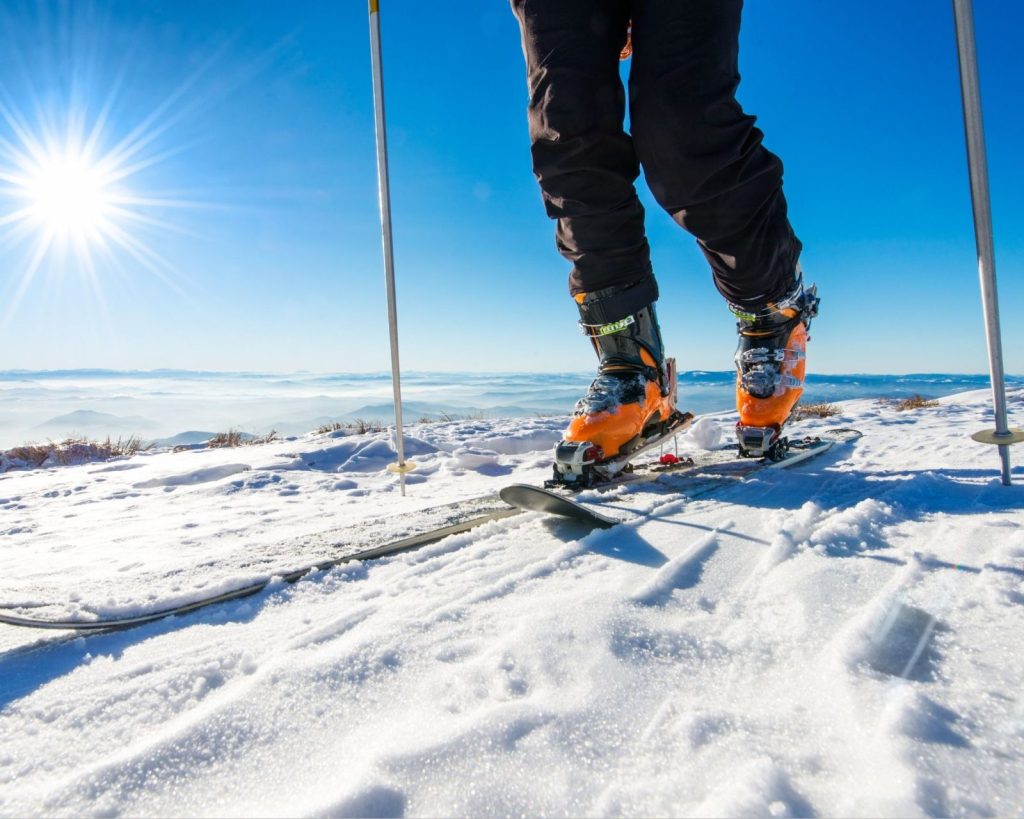
- Skis
When starting out in ski touring, it is best to opt for skis that are neither too light nor too heavy. The versatile models (weight between 2,5 and 3 kg, bindings included) reduce effort when climbing, while maintaining some stability when descending. For height, it is recommended to choose a pair of skis about 10 centimeters below your waist, with a width of skates proportional to their length. - Bindings
The bindings (with inserts or with plates) have two different modes, one for the climb and the other for the descent, with different levels of wedges depending on the degree of the slope. Bindings with ski brakes guarantee a certain level of safety when the binding is released. The adjustment range fluctuates depending on the brands and models of your shoes. The release value of the binding or DIN adapts according to the weight and the type of ski. - The shoes
Much lighter than alpine ski boots, ski touring boots also have different positions for climbing and descending. Shoes weighing less than a kilo are known to perform best. The higher the flexibility index (the flex), the more the shoe is rigid and therefore suitable for confirmed practice. - Seal skins
Composed of a fiber surface in contact with the snow and an adhesive surface that attaches to the skis, the skins allow you to progress through the skin without slipping. Synthetic models are known for the quality of their grip, while mohair models are known to slide better on snow. For initiation, the best choice remains that of compromise. - The sticks
To guarantee perfect support according to the inclination of the slope and the quality of the snow, the adjustable telescopic poles covered with a foam material are the best solution and the essential element of your equipment. - Safety equipment
Indispensable for any outing, the kit consists of three complementary and inseparable elements. The DVA or Avalanche Victims detector to locate the victim under the snow, the probe to precisely locate the victim and the shovel to release it. In order to adopt the right actions in the event of an accident, it is strongly recommended to learn how to use and check the working condition of your DVA.
Ski touring in Megève
Initiation days, advanced courses, ski raids, outings under the stars... In Megève, mountain professionals support you in your learning and your progress, while adapting to your personal objectives. Thanks to our state-qualified ski instructors and mountain guides, the pleasure of the effort is rewarded by the grandeur and beauty of the spectacle of nature...
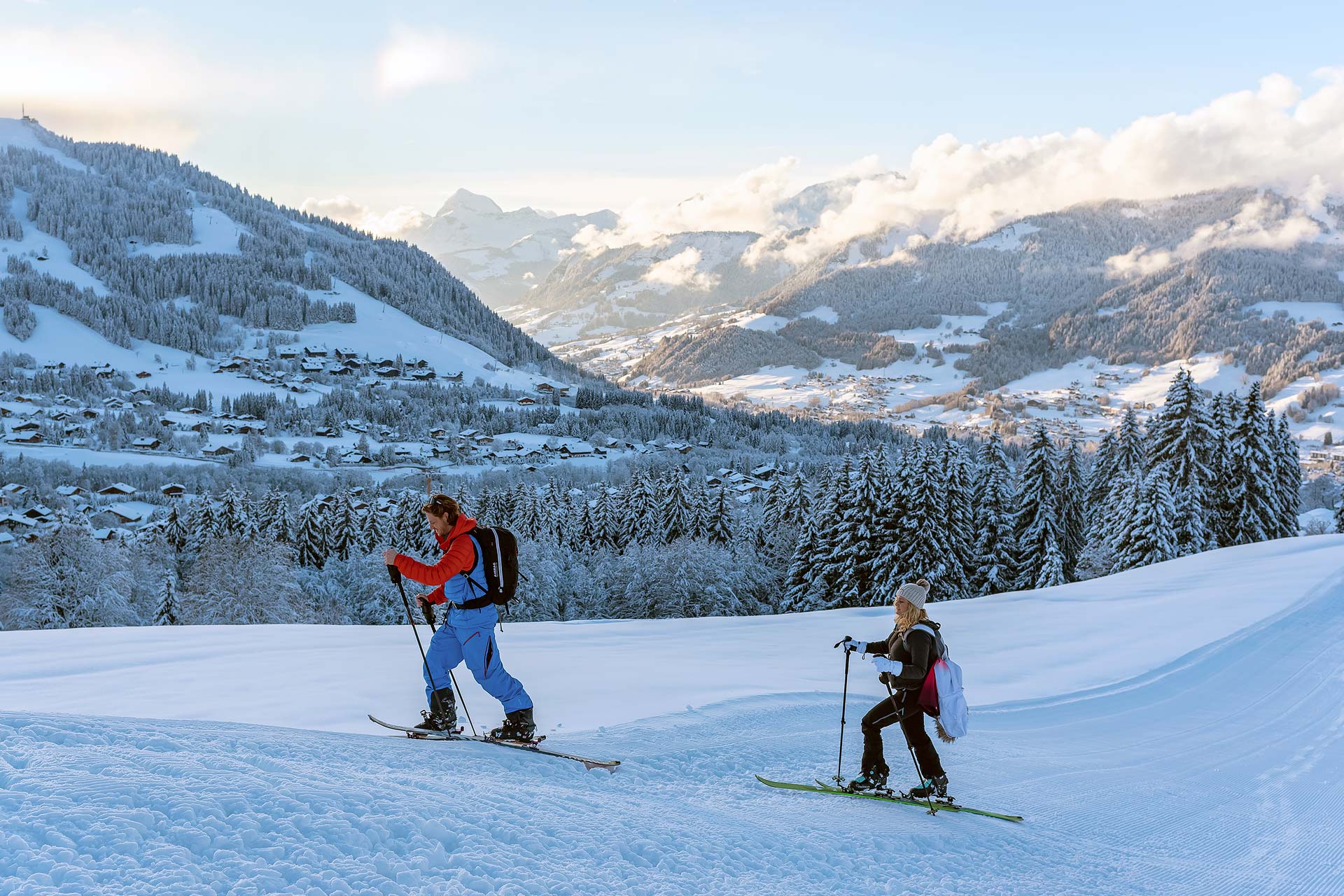
Ski with mountain professionals
Themes



